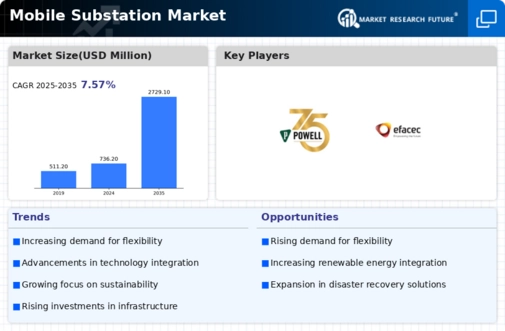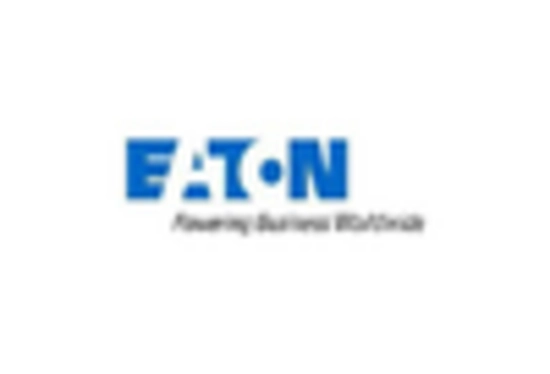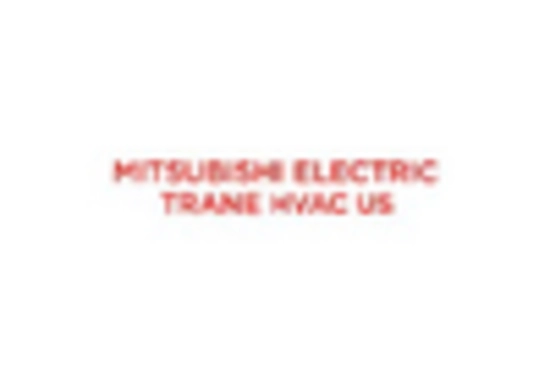Market Trends
Key Emerging Trends in the Mobile Substation Market
The Mobile Substation Market, a crucial segment within the broader power infrastructure industry, employs various market share positioning strategies to gain a competitive edge. One prevalent approach involves product differentiation, where companies strive to distinguish their mobile substations from competitors through unique features or advanced technologies. This could include enhanced power capacity, improved efficiency, or innovative design elements that cater to specific customer needs. By offering distinctive attributes, companies aim to attract a niche market segment and establish themselves as leaders in that particular space.
Another key strategy involves pricing tactics, where companies strategically set their mobile substation prices to appeal to different customer segments. Some may opt for a premium pricing strategy, positioning their products as high-end solutions with advanced features and superior performance. This targets customers seeking top-tier quality and are willing to pay a premium for it. On the other hand, a cost leadership strategy involves offering mobile substations at competitive prices, appealing to a broader market and gaining market share through affordability. Balancing quality and cost allows companies to address diverse customer preferences and market demands effectively.
Strategic partnerships and collaborations represent yet another avenue for market share positioning. Mobile substation manufacturers may form alliances with other players in the power industry, such as utilities, engineering firms, or technology providers. These collaborations can lead to synergies, where the combined expertise and resources of multiple entities create more robust and comprehensive mobile substation solutions. Additionally, partnerships can facilitate access to new markets or technologies, enabling companies to strengthen their position in the mobile substation market.
Geographical expansion is a crucial strategy in the mobile substation market, given the global nature of the power industry. Companies may focus on entering new regions or strengthening their presence in existing markets. This could involve establishing local manufacturing facilities, distribution networks, or forming partnerships with regional players. By tailoring mobile substation offerings to meet specific regional requirements and regulations, companies can effectively penetrate diverse markets and secure a larger market share.
Furthermore, continuous innovation plays a pivotal role in market share positioning within the mobile substation industry. As technology evolves, companies that invest in research and development to introduce cutting-edge features or improve the overall efficiency of their products can gain a competitive advantage. Staying ahead of technological trends ensures that mobile substations remain at the forefront of industry standards, attracting customers looking for the latest advancements in power infrastructure solutions.
Customer-centric strategies also contribute significantly to market share positioning. Understanding and addressing the unique needs of customers, such as reliability, ease of installation, and scalability, can differentiate a company's mobile substations in the market. Providing excellent customer support, warranties, and maintenance services further enhance the overall value proposition, fostering customer loyalty and repeat business.
In conclusion, the mobile substation market employs a combination of product differentiation, pricing strategies, partnerships, geographical expansion, innovation, and customer-centric approaches to position companies strategically and gain market share. By navigating these avenues effectively, mobile substation manufacturers can not only stay competitive but also contribute to the overall advancement of the power infrastructure industry.

















Leave a Comment